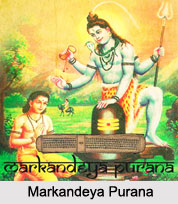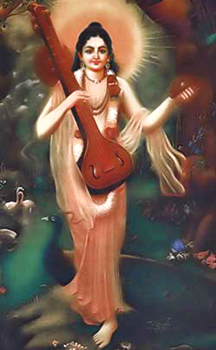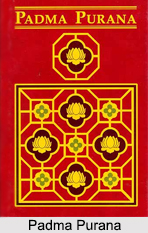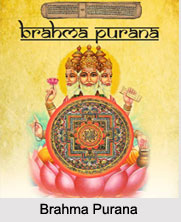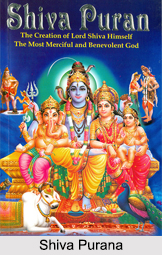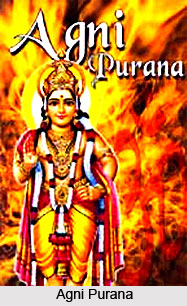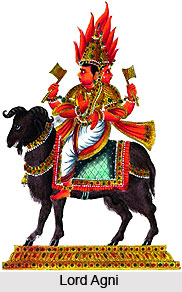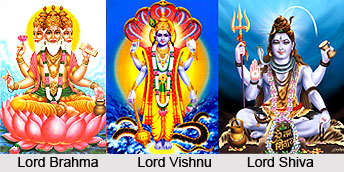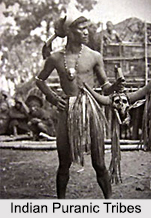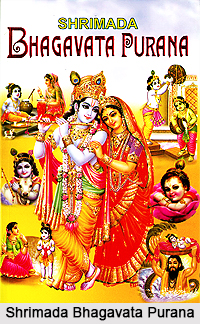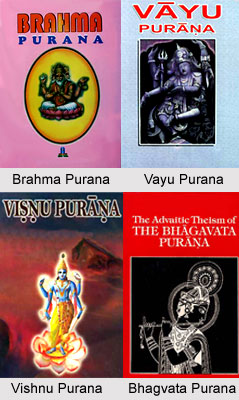 Vishnu is one of the prime deities in Hindu mythology, and the Supreme Being or absolute truth in the Vaishnavism tradition. Vishnu is one of the preservers in the Hindu triad (Trimurti) that includes Brahma and Shiva. In Vaishnavism, Vishnu is identical to the formless metaphysical concept called Brahman, the supreme, the Svayam Bhagavan, who takes various avatars as "the preserver/ protector" whenever the world is threatened with negative or destructive forces. Rama in the Ramayana and Krishna in the Mahabharata are the two most notable avatars of Lord Vishnu. Vishnu is predominantly known as Narayana, Jagannath, Vasudeva, Vithoba, and Hari. He is one of the five equivalent deities worshipped in Panchayatana puja of the Smarta Tradition of Hinduism. Lord Vishnu"s 1000 names are found in Vishnu Sahasranam in the form of 108 shlokas.
Vishnu is one of the prime deities in Hindu mythology, and the Supreme Being or absolute truth in the Vaishnavism tradition. Vishnu is one of the preservers in the Hindu triad (Trimurti) that includes Brahma and Shiva. In Vaishnavism, Vishnu is identical to the formless metaphysical concept called Brahman, the supreme, the Svayam Bhagavan, who takes various avatars as "the preserver/ protector" whenever the world is threatened with negative or destructive forces. Rama in the Ramayana and Krishna in the Mahabharata are the two most notable avatars of Lord Vishnu. Vishnu is predominantly known as Narayana, Jagannath, Vasudeva, Vithoba, and Hari. He is one of the five equivalent deities worshipped in Panchayatana puja of the Smarta Tradition of Hinduism. Lord Vishnu"s 1000 names are found in Vishnu Sahasranam in the form of 108 shlokas.
Names of Lord Vishnu in Vishnu Sahasranama
Vishnu Sahasranama is a list of 1000 names of Lord Vishnu. The names are written in the form of 108 shlokas. Vishnu Sahasranama is also considered to be the most popular and sacred stotras in Hindu mythology. In Sanskrit language, "sahasra" means thousand and "nama" means name. Sahasranama is a kind of songs for praising; it is also considered to be a devotional literature. Vishnu Sahasranama in the Anushasana Parva of Mahabharata is the most popular version of names of Lord Vishnu. There are some other versions of the names of Lord Vishnu and they are Padma Purana, Skanda Purana and Garuda Purana etc. Vishnu Sahasranama deals with two attributes of Lord Vishnu and they are work and jnana-yajna (offering of knowledge).
Popular Names of Lord Vishnu
Among 1000 names some of the most popular names of Lord Vishnu are Anish, Tharun, Vishant, Vishvam, Vishnuh, Vashatkaarah, Narayan, Narada, Bhoota-Bhavya-Bhavat-Prabhu, Bhoota-Krit, Bhoota-Bhrit, Bhaavo, Rangrajan, Bhootaatmaa, Bhoota-Bhaavanah, Krishno, Maadhavah, Anuttamah, Achyutah, Amritah, Vedah, Govindah, Amrityuh, Satyah, Shreemaan etc.
Chronology of Vishnu Sahasranama
Vishnu Sahasranama is not found in early Samhita manuscripts, rather it is found in medieval and later versions of various Samhitas. One of the significant works of Vishnu Sahasranama was done by the sub-school of Ramanuja; Vishnu Sahasra-namam Bhasya was done by Parasara Bhattar during 12th century.

